I sent a few pictures to my Dad of my recent field trip with my ESL students. He said, “Why do Asians always do the peace sign in pictures? They always did it when you lived in China.”
“When you visited Korea and Japan, they did it too. ”
“They do it in the US. What does it mean and why did it start?”
I was able to explain that it actually is a “v” for victory, not a peace sign. But what does it really mean, and when did it start? I wasn’t able to give an explanation. So, I thought I’d do a little research on the topic.
The V sign began to be used during World War II by Allied troops. Victor de Laveleye, former Belgian Minister of Justice, suggested the V sign on his 1941 BBC news broadcast as a way to rally support for the war. It spread through Belgium and moved on to France and the Netherlands and eventually all of Europe. Even Winston Churchill used the V for victory sign.
US President Richard Nixon went on to use the V sign for victory in the Vietnam War. However, protesters and hippies who were against the Vietnam War, changed the v from “victory” to “peace” by holding up the same sign but saying “peace” as they did it as a subtle protest of the war. They wanted this hand gesture to change from its meaning of war to a meaning of positivity and happiness.
The V sign probably became popular in Asia through an ice skater named Janet Lynn, who was a peace activist. She was often photographed in the Japanese media in the 1970s doing this sign. Although the Japanese knew the V sign as victory because of WWII, Janet Lynn often displayed this sign as peace.
Another story says that a famous Japanese actor named Jun Inoue starred in some camera commercials in the 70’s where he flashed the V sign, thinking it was popular in the West, and it caught on from those commercials. All in all, a lot of Asia copies Japan. And more importantly, Asia copies the West. Whether or not it was from seeing this ice skater make the V sign and thinking it was a popular thing to do in the West, we may never know.
China, Taiwan, and South Korea are also well known for doing this sign in photos. They say that the symbol means “yeah!”, like they are feeling good. But, really, Asians do so many poses for photos. They have the need to do hand gestures in almost every informal photo.
There is one that guys do in China that means handsome. They might even just throw up a fist.
When girls do the V sign, it is usually close to their face. My Chinese friends told me it is a good chance for them to cover up some of their fat face. (Having a fat face is a big issue that many Asian girls dread).
I had to include this photo of me and my friend Ben in a bowling alley in China. Here I am being all fierce and competitive, and he told me he was doing a pose like a flower!
I even started doing the V sign after living in China for 2 years and traveling there in the years after. It just became natural. In fact, it was nice to actually have something to do in a photo instead of just standing there awkwardly with my hands down to my sides.
So the general rule of thumb is for that every month you live in Asia, you are 5% more likely to throw up your V sign in a photo. And, actually, it can be kind of fun. :] So I’m still not sure I fully understand why Asians do the V sign, but hey, sometimes with cultural differences, we don’t need to and can’t fully understand certain phenomenons, and there’s a real beauty in that.
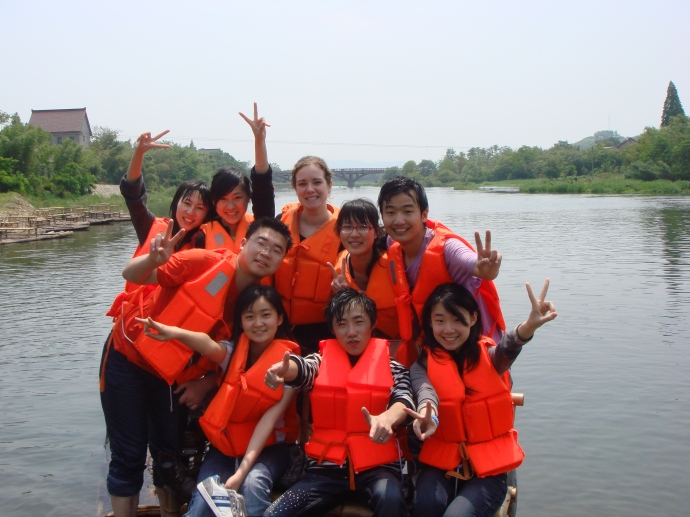
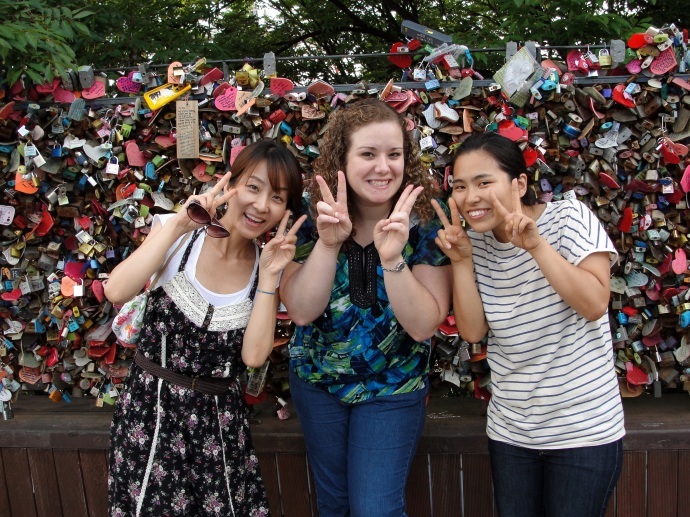
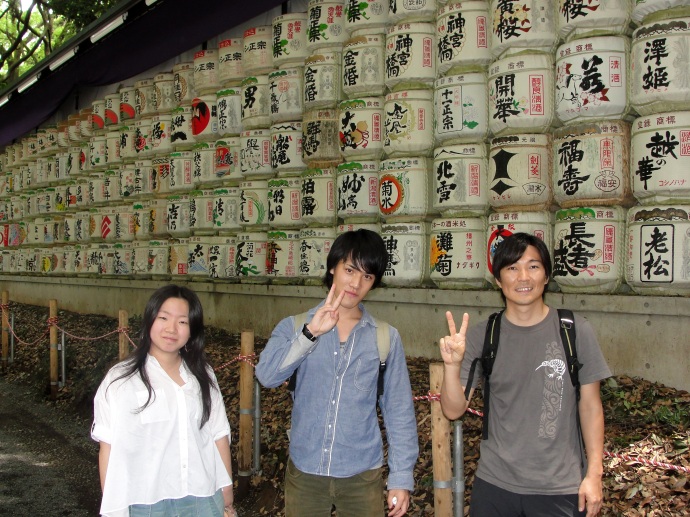
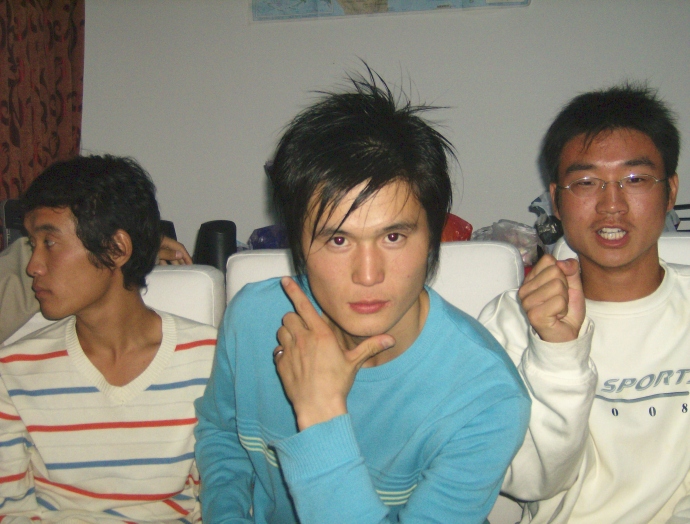

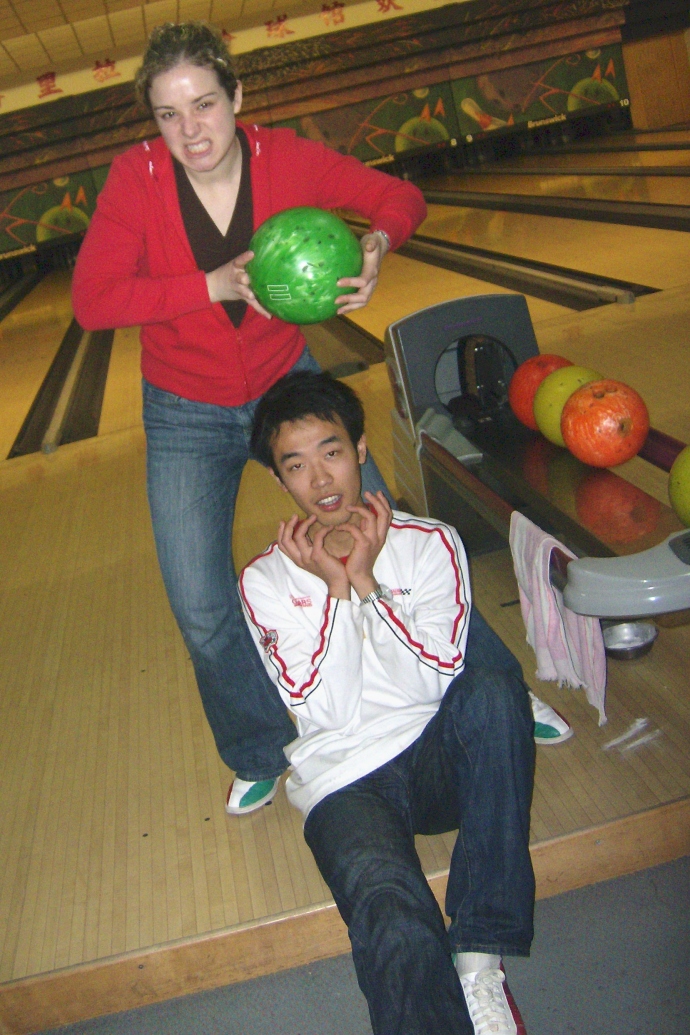
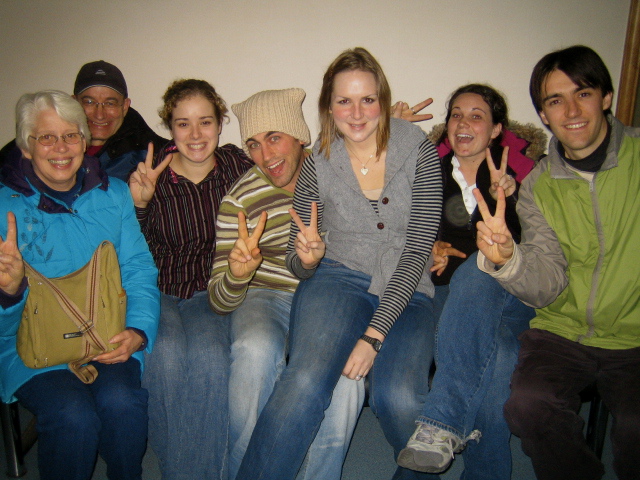
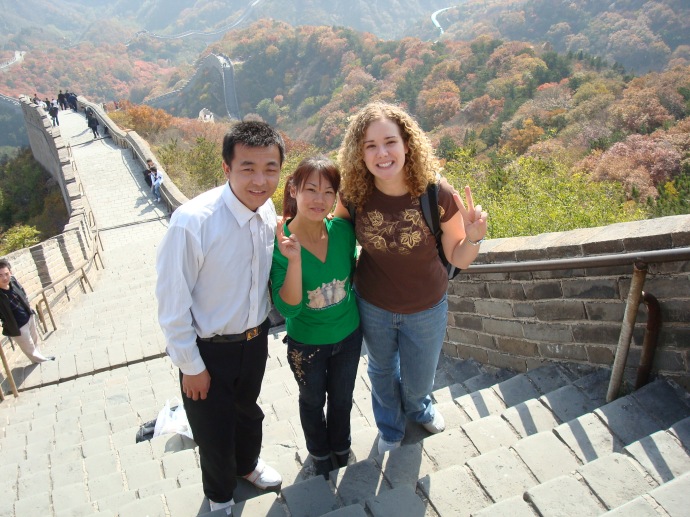
Love it! In Thailand we do the handsome sign as well. Great pictures Ashley. And you gave me another idea for a blog post I’m working on…you’ll see! xxoo “peace out”
Ooh la la! I’m intrigued! Can’t wait to read it.
This was really interesting! We are living in China right now and I’ve noticed the sign is ubiquitous. I occasionally saw it among Asians living in America but never really dug deeper. Thanks for sharing the rest of the story.
Glad you enjoyed it! That is such a huge thing in China! Have you started doing it yet? Hehe.
I miss these days! email me or call me. phgaultney@gmail.com 9032381257 I want to come visit you! i’m only a couple hours now. 🙂
I’d love for you to come visit! I’ll text you!
Hahaha this is awesome. I’m Asian, though grew up in Canada, and find myself doing it more bc of an accepted stereotype that gets thrown around a lot. In a way, I’m feeding a stereotype just for the fun of it, but like you said, after a while, it just happens and it’s better than standing awkwardly in a photo lol. Loved this!
Thanks for stopping by! Glad you enjoyed it. And yay for not being awkward in photos! lol
Now I understand a little bit a about that
I’m glad! Thanks for stopping by! :]
This was really very interesting to read. You know, it is true I also have seen the V symbol all over Asia, but always took to mean Victory. I am from Brazil, and have lived in the US but the V always just meant to me in Asia Victory indeed. Another thing, you know, I volunteered very briefly with Tibetans in India, and all over India, and even with these tibetan refugees I realised that was something very different of the west and the east, and that is the notion of power. So, I don’t know if you have been to India, but if you have you also see all over the place ( in guesthouses etc) books of Mao, and Mein Kampf. Israelis were always shocked, but even more shocked were Germans… when they greeted for that. I always asked Indians, and they always answered ” they are powerful men”. What intrigued me the most, was when I was teaching english to Tibetans, and a Tibetan used Mao and Stalin as ” great men”. I asked the man, what did he mean by that? Did he admire them? Did he admire a man that was part of the destruction of his own country and his answer really intrigued me. ” Yes. They are powerful”. It took me very long to understand that this admiration was not for their deeds, but simply for rather than looking at evil x good, but rather weak and strong. So, I guess the V might mean this as well, this incredible admiration that seems to exist for power…. Thanks a lot for your post.
Wow Ashley, funny… always wondered that myself. Really good post, and love the blog! Brava!
Thank so much for reading and thanks for the compliments!
wonderful and well done. i just finished my sixth year teaching in China and i’ve seen more V signs than you could imagine. keep traveling, teaching and thinking! JT
What a great post and it is so true!! In Taiwan, people always say ‘1, 2, 3, yay!!’ and the ‘yay’ signals the sign known to the rest of the world as the peace sign! However, my husband never does it. Whenever he takes pictures with his Taiwanese buddies, they are all yay! and he is Yeah! (a manly thumbs up!!)
But like they say, when in Rome, do like the Romans!! So I guess when in Taiwan, do like the Taiwanese!
Thank you for “liking” one of my posts. As a side note, I took a couple of lessons in Japanese and learned something related to the “peace” sign. You know how we use the reverse “peace” sign, curling our fingers to beckon someone from a distance? Do NOT use that gesture in Japan according to my Japanese teacher. In Japan, it’s the gesture used to beckon a prostitute!
Oh no! And I learned quickly from a British friend that it means “f- you” when I did it in a picture with him once! Whoops! Hand gestures around the world definitely mean different things. Hehe. Thanks for stopping by! 🙂
Yes, that’s right!! I lived in England, and it is indeed the equivalent of “the finger.” 🙂
I’m Asian and I find the peace sign a bit immature and tiring. Especially when I see grown men and women doing it. To me, it’s annoying; not cute.
You’re hilarious.
I love this piece.
*throws up peace sign*
Jocelyn
I’m glad you think I’m funny and glad you stopped by to read it, Jocelyn. And I love that you make use of the peace sign too! Haha.
I have been in Taiwan since October, 2014 ad this was one question on my mind. Good for me that I asked Google about it and came to this blog post. Leaving with a satisfied mind :p
I think it might be different for South Korea. I was born in Seoul and spent part of my childhood there in the 80s. I have many photos from my time there and don’t have ANY photos of Koreans doing the v-sign in any of them. I have only started seeing Koreans do the v-sign towards late 90s early 2000s.
I personally find the covering of the face with the peace sign and v to the chin (which might look like a rude gesture here in the Western world) to show your that face is a v shape as particularly odd.
So, in conclusion… The answer is I don’t know? If you Google ‘why do Asians make the peace sign’ the first hit, of any website ever, is a time magazine article, followed by some ESL teacher’s blog in which we learn that Asia copies the west (west of Asia?) and this unexplained phenomenon remains a mystery? Just saying, if you’ve really lived in Asia for a few years and you’re #2 on Google, just make up something creative and plausible
I am not sure of the origin of the sign, I am not sure if anyone knows. But I can tell you it’s not a “v” sign but a “y” sign for yay. Infact we even call it the “yay” sign. We use it here in Taiwan when we take photos to show we are happy or having a good time. It is used the same way you use “cheese” in western countries. The mouthing of the word yeah ( pronounced y-air ) looks like you are smiling. As we show the y and don’t only say the word the action has become as iconic in Taiwan, Japan, China, and Thailand as “lol” has on social media. The sign means happy, agreeable, light amiable, not serious etc.
Wow! I think it’s great to know it’s something positive because I was reading a travel around China book I picked up from the library and it showed a Buddha statue with two fingers up As To say I’m Buddhist! and I thought no way! Because I do that a lot as well and I am not Buddhist.but I have not seen any truth in that as of yet. unless Buddha was showing happiness with two fingers. Anyway I enjoy doing it because I love the Asian people .
Great answer, thanks a lot. I have a friend in Cambodia. She and her friends always show the y-sign on photos and I was wondering about it. Your explanation fits very well.
I disagree with the sentence that say all of Asia copies Japan. Asia is much larger and the far east is only a small part of it. To say all of Asia copies Japan is not only absurd but funny as well. I am an Indian and we rarely do the v sign in pictures.
You’re right. I probably should have said East Asia. I’ve seen it first hand in China, Japan, S. Korea, Taiwan, Cambodia, Vietnam, Thailand, Laos, and Myanmar. 9 countries is a large chunk of Asia, but, as you said, not all. Thanks for reading and for your helpful comment.
Asians are, simply, nerds. They haven’t had an independent thought in their heads since before WW2. They copy everything. In this case, they are copying a Japanese celebrity from the 1970’s, who in turn, was copying stock photos from WW2. It’s pathetic, and it makes me sad & hurts my feelings.
They are, simply, nerds. I’m not passing judgement or being harsh, but they are nerds.
I remember the Japanese girl I dated did this. I asked her why and her response was “It makes the photo look perfect!”
I do also remember her being baffled by the question as this seems to be an unconscious part of their culture.
Thanks for this post. You taught me a few things 😉